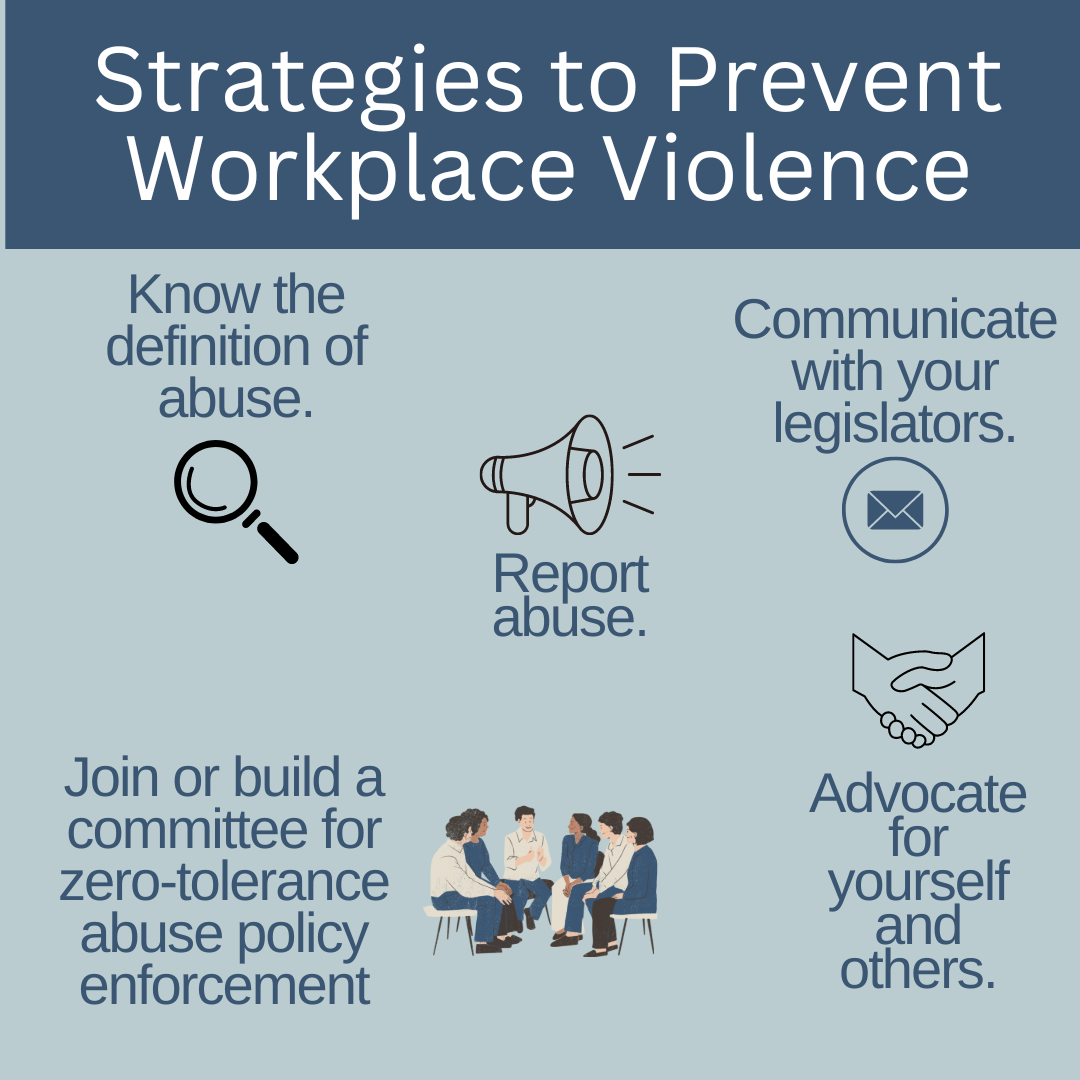Checking Out Reliable Techniques and Methods for Applying Work Environment Violence Avoidance Programs in Organizations
Work environment physical violence remains an important problem for organizations, necessitating the execution of durable avoidance programs. Recognizing the characteristics of work environment violence and the parts that add to efficient prevention is crucial for fostering a risk-free setting. This includes not just the establishment of clear plans yet additionally innovative training approaches and trusted reporting systems. As companies aim to grow a culture of security, the concern arises: what details methodologies can be used to make sure these programs are both sustainable and efficient? Discovering this additional exposes insights that can substantially impact office safety and staff member well-being.
Recognizing Work Environment Violence
Understanding office physical violence is vital for promoting a safe and effective setting. Work environment violence includes a variety of habits that can take place in numerous types, consisting of physical assaults, risks, spoken abuse, and also harassment. Such events can emerge from social problems, job-related stress factors, or exterior variables and can substantially interfere with business operations.
The effects of workplace physical violence extend beyond immediate physical harm; they can additionally bring about psychological injury for sufferers, lowered employee morale, and increased absenteeism. Companies may deal with lawful obligations and reputational damages as an outcome of fierce incidents. Recognizing the different kinds of work environment violence is critical in order to effectively attend to and alleviate the threats connected with these habits.
Effective monitoring of work environment physical violence begins with comprehending its hidden reasons. Eventually, a comprehensive understanding of workplace physical violence is a fundamental step toward developing a resilient and secure organizational society.
Secret Parts of Prevention Programs
A successful work environment violence prevention program is developed on numerous key elements that collectively develop a much safer environment for workers. A clear and thorough policy outlining the company's commitment to protecting against workplace physical violence is important. This plan needs to define what comprises work environment violence and the consequences for violations.
Second, risk evaluations should be frequently performed to identify prospective hazards and vulnerabilities within the work environment (california workplace violence prevention). Understanding the specific risks associated with an organization's setting enables tailored interventions
Third, case coverage mechanisms should be developed to encourage workers to report any kind of concerns or occurrences without anxiety of revenge. This transparency cultivates a society of security and responsibility.

Last but not least, management commitment is important; management must actively support and get involved in prevention efforts. Their participation establishes a tone of severity relating to the issue and motivates a collective approach to safety and security.
Training and Education And Learning Methods
Applying efficient training and education methods is important for gearing up workers with the understanding and abilities necessary to acknowledge, avoid, and react to office violence. Comprehensive training programs ought to be tailored to the certain needs of the company and its labor force, taking into consideration the unique dangers connected with different workplace.
Educating should incorporate numerous topics, consisting of the recognition of indication, de-escalation methods, and the importance of promoting an useful link encouraging workplace culture. Engaging techniques such as interactive workshops, role-playing circumstances, and study can enhance finding out retention and encourage positive engagement among staff members.
Additionally, ongoing education is necessary. Regularly set up refresher programs make sure that workers stay educated about the most recent finest practices and behavioral fads associated with work environment physical violence. Incorporating feedback mechanisms, such as surveys or emphasis groups, can aid companies evaluate the effectiveness of their training initiatives and make needed modifications.
Reporting and Feedback Systems
Reliable coverage and reaction mechanisms are vital for dealing with events of workplace physical violence quickly and efficiently. Organizations has to establish clear protocols that equip staff members to report cases without fear of revenge. These devices need to include several reporting channels, such as confidential hotlines, email, and in-person coverage options, ensuring that all employees feel safe and supported when revealing cases.
Additionally, it is crucial to educate staff members on exactly how to make use of these reporting systems successfully. Training ought to highlight the relevance of prompt reporting, as very early treatment can prevent acceleration and advertise a more secure job setting. Upon getting a report, organizations ought to have a structured feedback plan that includes prompt analysis of the situation, assistance for afflicted individuals, and interaction with legislation enforcement if needed.
Additionally, companies must make certain that examinations are conducted quickly and extensively, adhering to lawful and honest criteria. Openness in the action process can develop trust fund among workers and show the organization's dedication to safety - california workplace violence prevention. Routine evaluations of the reporting and reaction systems will aid identify areas for improvement, eventually enhancing the general effectiveness of workplace physical violence avoidance programs
Reviewing Program Efficiency
Evaluating the effectiveness of workplace violence avoidance programs is important for guaranteeing they meet their intended objectives and adapt to the progressing demands of the company. This procedure includes a methodical assessment of both quantitative and qualitative information to determine program influence, employee assumptions, and overall workplace safety and security.
Key metrics for evaluation might include case prices of office violence before and after program implementation, worker feedback via studies, and the application rates of reporting mechanisms. Routinely arranged resource assessments enable companies to recognize voids in their programs and resolve any type of emerging risks without delay.

It is vital to establish clear benchmarks and objectives before program execution, which will help with a much more efficient resource evaluation process. By constantly fine-tuning and keeping track of avoidance techniques, companies can produce a much safer workplace and considerably minimize the danger of office violence. Eventually, reliable analysis makes sure that prevention programs continue to be responsive and dynamic to the requirements of the workforce.
Conclusion
Finally, the application of reliable work environment violence avoidance programs requires a detailed technique that integrates clear policies, routine risk assessments, and durable training. Involving academic approaches and accessible coverage devices enhance worker participation and responsiveness. Management dedication plays a crucial role in growing a helpful business society. Continual evaluation with responses and occurrence metrics ensures recurring improvement and improvement of these programs, ultimately adding to a more secure and much more resilient workplace.

In final thought, the implementation of effective work environment physical violence avoidance programs demands an extensive strategy that incorporates clear policies, routine danger analyses, and robust training.